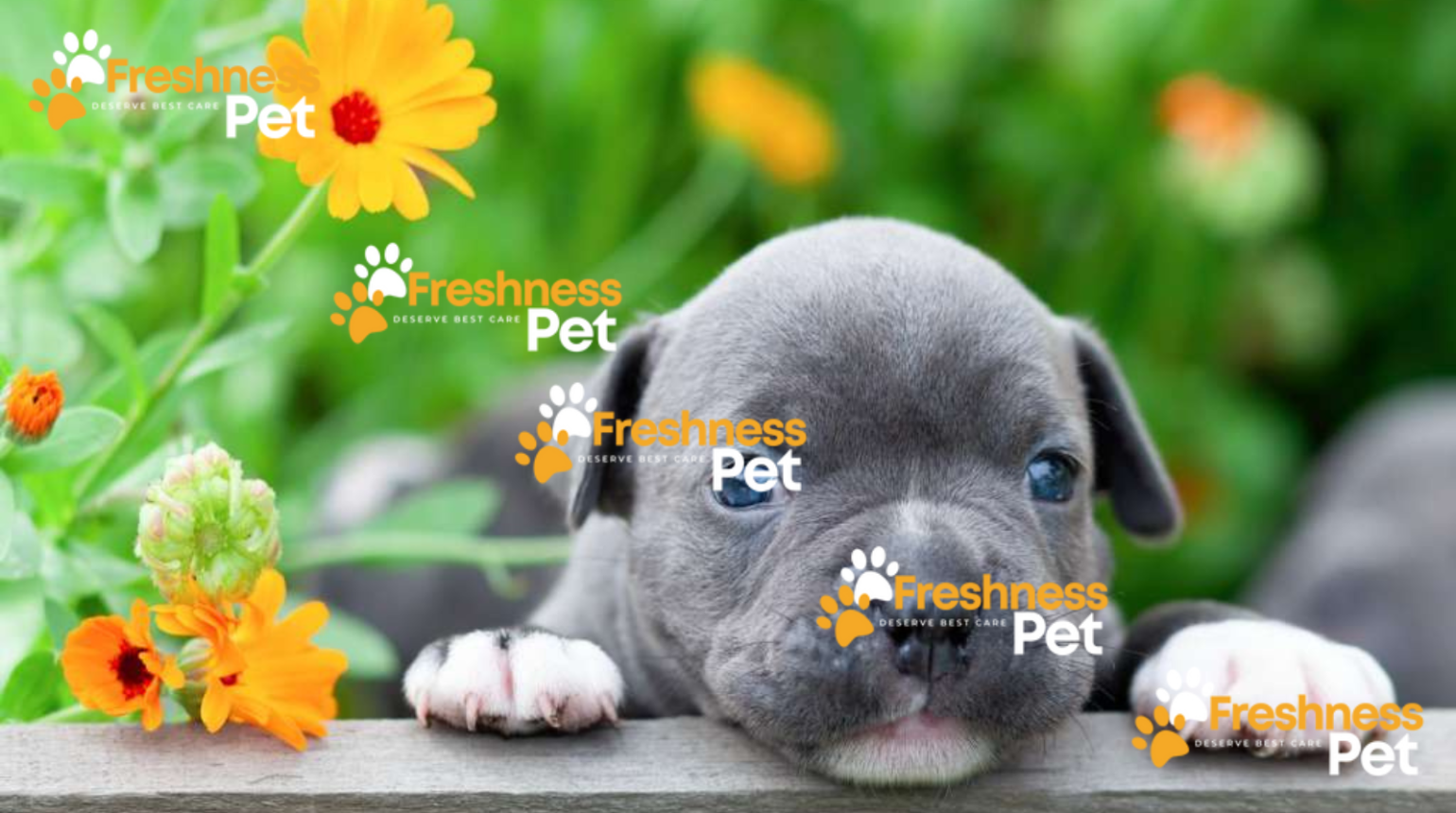Just like family members, best friends and loyal companions I know that you love your dogs which means they are more than just a pet for you. Dogs also get health issues and the most common are related to their skin disorders. You also get upset when your dog is uncomfortable because of skin irritation. I feel that can be painful for your furry little friend. But don’t worry, this guide will help you out to understand what these disorders are, how to spot them, and what you can do to keep your dog happy and healthy.
What Are Dog Skin Disorders?
Dog skin is considered to be the largest organ in dogs which have to encounter all the environmental challenges including temperature and insects attacks . Any conditions that affect the skin of a dog, causing symptoms like itching, redness, flaking, and even hair loss are skin disorders. These skin issues can arise from various causes, including allergies, infections, parasites, and underlying health conditions. Dog skin disorders can possibly range from mild to severe, and they can affect dogs of all ages, breeds, and sizes.
Common Types of Dog Skin Disorders
Prior to any kind of treatment of dog skin disorders, this is vital to know about the types of common skin disorders before it gets too dangerous and becomes complicated to treat. It will be helpful to identify any potential issues early on.
Allergic Dermatitis
Dogs can have allergic reactions in which the most common is allergic dermatitis, which starts to occur when a dog’s immune system overreacts to certain allergens, such as pollen, dust mites, certain foods, or flea bites. The obvious symptoms include intense itching, redness, and sometimes swelling. Dogs with allergic dermatitis often scratch or lick their skin excessively, leading to sores and hair loss.
Fungal Infections (Ringworm)
Despite its name, ringworm isn’t caused by a worm but by a fungus. Ringworm is one of the dog skin disorders that are highly contagious, not only to other dogs but also to humans. Frequently causes are circular, red patches on the skin and it can lead to hair loss. Early detection and treatment can be essential to prevent the spread of this infection.
Bacterial Infections
Dogs can get skin infections which often happen when there are too many of the normal bacteria on their skin which is caused by a dog’s weak immune system due to allergies or other health problems. That skin infection with the name of Pyoderma, can be recognised by many symptoms, including pus-filled sores, redness, and itching. That type of situation in dogs commonly creates dog skin disorders, including allergies or parasites. Treatment of bacterial infections usually involves antibiotics and addressing the underlying cause.
Parasites (Fleas, Ticks, and Mites)
Parasites are like enemies for dogs as they cause many skin disorders in dogs. If we talk about which are the most common pests found on dog’s skin then fleas and ticks are first in the list of pests that can affect dogs. These pests are capable of laying hundreds of eggs throughout a month therefore they are very common. Their bites can be the reason for intense itching and hair loss in dogs that are allergic to them. Ticks can carry diseases, so it’s important to remove them promptly.Those pests can all cause severe itching, redness, and irritation. Even some of the parasites like mites can cause mange, burrow into the skin of your dog which leads to more severe symptoms, including hair loss and crusty, scaly skin. To prevent fleas and ticks, use flea and tick medication on a regular basis and check your dog for these pests often. If you find fleas or ticks, treat your dog and your home to prevent reinfection. Regular grooming and preventive treatments can help keep parasites at bay.
Hot Spots
Hot spots is a skin condition characterized by acute moist dermatitis which is skin inflammation and infection on small areas. They look red, moist, and feel irritated patches that can spread all of a sudden and can be painful. You can see them on a dog’s head, hips, or chest, and often feel hot to the touch. That is often caused by excessive licking or scratching in response to another underlying dog skin disorder such as allergies or insect bites.
Dry Skin
You must be thinking about how dogs can suffer from dry skin, right? Yes especially in cold or dry climates dogs get affected by which often their skin looks flakiness. That dry skin can cause flaking, itching, and irritation. As it looks like a minor issue but no, it’s a red flag for getting chances of other diseases. If dry skin remains untreated for a long time then it might give rise to more skin disorders.
Autoimmune Skin Disorders
Autoimmune diseases are a less common but serious one which is caused by immune system disorder. These conditions occur when a dog’s immune system attacks its own body cells or tissues. It eventually leads to symptoms like blisters, ulcers, and scaly skin. That is why autoimmune skin disorders often need lifelong management along medications that suppress the immune system.
How to find Dog Skin Disorders Early
Finding out the skin disorders in dogs might be challenging but it can be very helpful in the treatment and well being of dogs. Being a parent of a pet i know how it feels to see unusual signs on your dog skin. So here i am going to give you some points to check in them on regular basis:
Scratching badly:
Here if you notice your dog constantly scratching its skin from a specific area of skin or licking it, that might indicate an underlying skin disorder which needs to be checked.
Redness or Swelling:
Red, swollen, or irritated areas of the skin can be a sign of infection or inflammation.
Hair Loss:
Bald patches or thinning fur could indicate a skin disorder, particularly if accompanied by other symptoms.
Dryness on Skin:
Flaking or scaling skin, especially if combined with dryness or itching, can signal a problem.
Sores or Scabs:
Open sores, scabs, or crusty areas might be a sign of a more dangerous dog skin disorder that needs veterinary attention.
Causes of Dog Skin Disorders
Understanding the causes of dog skin disorders can help you prevent them from occurring in the first place.
Allergies
This is one of the leading causes of dog skin disorders occurring which can be allergic to a wide range of reasons. Some of the reasons are foods, environmental factors like pollen or dust, and even grooming products but when you will Identify it you can decrease the chances of allergic dermatitis and other related skin issues.
Unhealthy or poor Diet
There is no wonder in it that another reason is definitely an unhealthy and poor diet. When your dog’s food lacks essential nutrients, that can also give rise to various dog skin disorders like dry, flaky skin. So make sure your dog consumes a balanced diet rich in vitamins, minerals, and healthy fats as it is crucial for maintaining the health of your little friend.
Insects or Parasites
Some specific insects like fleas can be very cruel with your dog’s skin when biting on it. It also causes dog skin disorders and intense itching and discomfort which also gives rise to infections or other complications.
Weather conditions
Bad weather might affect your dog;s skin if it’s in the open air or under the sky. For example cold, dry winters or hot, humid summers, can contribute to dog skin disorders. Dry air can lead to flaky, itchy skin, while hot weather can cause your dog to overheat and develop skin irritations.
Infections
Both bacterial and fungal infections can cause dog skin disorders. These infections often occur secondary to other issues, such as allergies or parasites, that compromise the skin’s natural defenses.
Genetics
Some dog breeds are more prone to skin disorders than others, including breeds with folds of skin, like Bulldogs and Shar-Peis, are more likely to develop skin infections. Similarly, breeds with long, dense coats may be more prone to mats and skin issues if not properly groomed.
Right way to Treat Dog Skin Disorders
Whenever you suspect your dog has a skin disorder, it’s important to consult with a veterinarian. Treatment will vary depending on the specific condition and its severity. Here are some common treatments for dog skin disorders:
1. Medications
Your vet may prescribe medications to treat dog skin disorders, including antibiotics for bacterial infections, antifungal treatments for fungal infections, or anti-inflammatory drugs to reduce itching and swelling.
2. Topical Treatments
Topical treatments, such as medicated shampoos, ointments, or sprays, are often used to soothe irritated skin and address specific conditions like fungal or bacterial infections.
3. Dietary Changes
If your dog’s skin disorder is linked to allergies or nutritional deficiencies, your vet might recommend a special diet or supplements. Omega-3 fatty acids, for example, are known to promote healthy skin and can be added to your dog’s diet through fish oil supplements.
4. Regular Grooming
Regular grooming is essential for preventing and managing dog skin disorders. This includes bathing your dog with a gentle, hypoallergenic shampoo, brushing their coat to remove loose fur and debris, and checking for parasites like fleas and ticks.
5. Environmental Management
If environmental factors are contributing to your dog’s skin disorder, making changes to their environment can help. This might include using a humidifier in dry weather, keeping your dog cool in the summer, or switching to hypoallergenic bedding and grooming products.
Preventing Dog Skin Disorders
Prevention is always better than cure, and there are several steps you can take to reduce the risk of dog skin disorders:
Balanced Diet
You will have to make sure your dog is consuming a well-balanced diet which is rich in essential nutrients and minerals.
Regular Check-Ups
Regular veterinary check-ups can help you further to catch potential skin issues before they give rise to other skin disorders.
Flea and Tick Prevention
Use flea and tick prevention products regularly to keep parasites at bay.
Proper Grooming
Regular grooming helps to maintain a healthy skin and coat.
Environmental Control
Manage your dog’s environment to reduce exposure to allergens and irritants.
Final thoughts!
So here are some of my final few words about skin disorders in dogs, which are very common. It is crucial to discuss that issue in time to protect them from other diseases that can cause significant discomfort for your furry friend. After reading this article you are now well aware of the types of dog skin disorders, their causes, and how to spot them early, you can take steps to keep your dog’s skin healthy and free from irritation. It needs to be kept in mind, if you ever go through something unusual with your dog’s skin, it’s always a better choice to consult with a veterinarian to avoid further issues. With the right care and attention, you can help your dog live a better, happy, itch-free healthy life.



